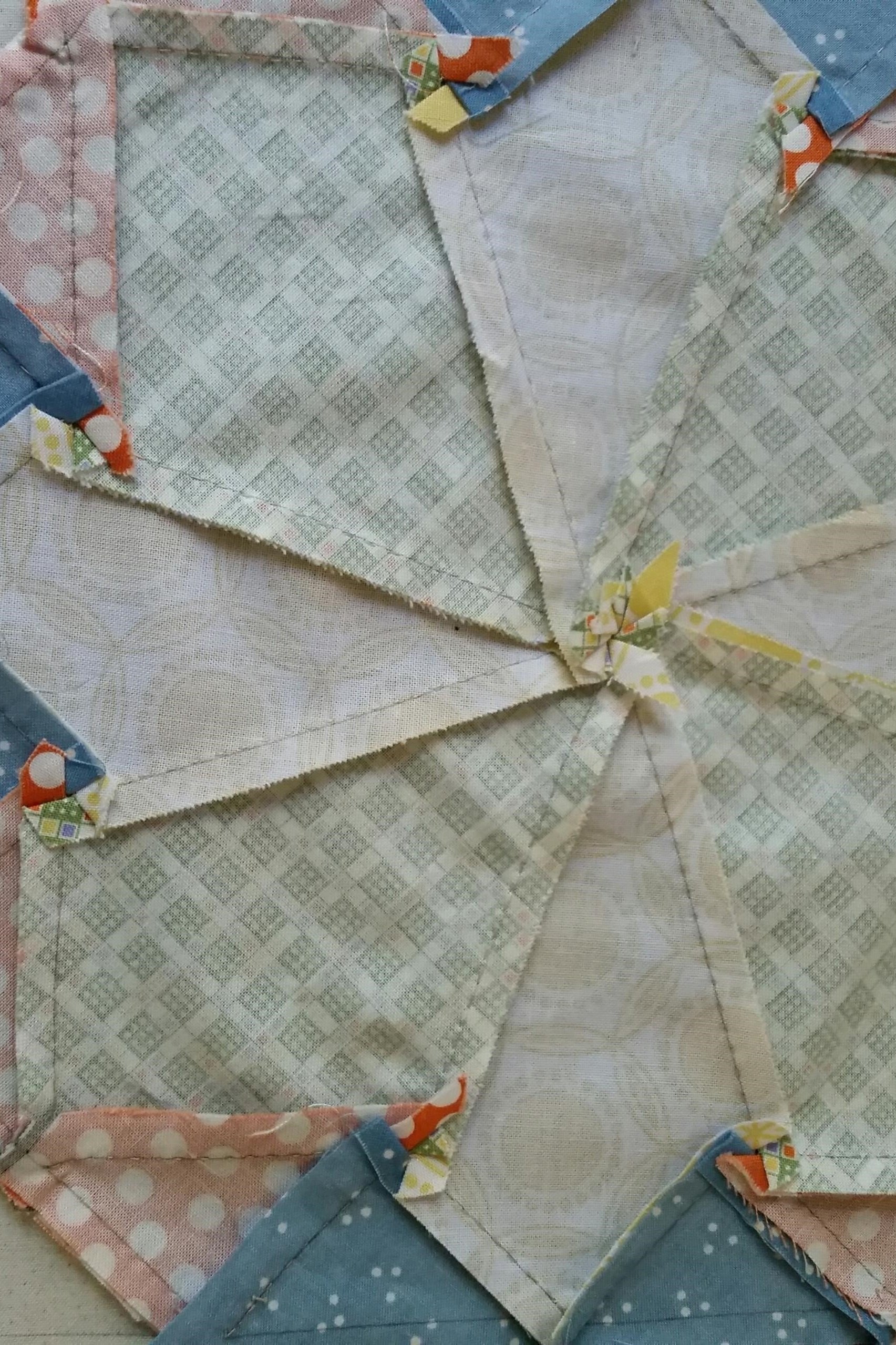Mystery Tour fun
/No I definitely mean tour.
When our children were young, we would take them on Mystery Tours. Sometimes it would be to the zoo or museum, a movie, a book shop for new books or sometimes just to the local ice-cream shop. Now they are all grown up I take my husband or friends on Mystery Tours.
So what makes a good Mystery Tour (MT).
1.Be sure the destinations, on the tour, are of interest to those involved eg the first MT I organised for my friends, who were kids in the 1960’s, was called Step Back In Time. We went to an old fashion Tea House for coffee, looked at beautiful old buildings, travelled on old trams and had lunch in an elegant old pub.
If you are a member of a book club maybe organise a MT around book shops, libraries, or book binding businesses. Maybe if you have all read a book set in your city make the MT destinations places mentioned in the book.
If your group loves all things food and cooking visit a market, a kitchenware shop, a restaurant with a visible kitchen, maybe even a cooking demonstration.
Let your imagination run free.
2. Gear the number of stops, on the MT, to your groups interest level, fitness level and destination locations. Eg if you are a book club group and you are visiting bookshops on you MT don’t visit more that 2 or 3 as we all know you can spend a long time in a bookshop browsing shelf after shelf. But if your group is interested in architecture and will only be looking at the exterior and maybe the foyer of the buildings you could probably have 5 or more destinations.
Is the distance between destinations close enough that you can walk from one to the other or will you need to drive?
How fit are the members of the group, can they get on and off public transport, can they walk the distances you have planned between destinations?
3. Make it fun. Give the participants clues as to where the next destination is eg a crossword puzzle they need to solve or a “find-a word”, or a picture puzzle or a cryptic poem.
4. Be flexible. On that first MT I took my friends on one of the group mentioned a lovely building she felt we should take a look at so we took a slight detour and it was definitely worth it.
5. Include coffee/drink/food stops so the group can rest their legs, chat about what they have seen/done and regroup for what is yet to come.
6. Do your research re all the destinations on the MT. This will give you lots of information to impart to the group and make the tour that little bit more interesting. Your enthusiasm for the MT topic will rub off on the group.
Remember it is all about fun, fun, fun.
If you organise a MT for your family or friends I would love to hear about it.
Enjoy
Margaret




